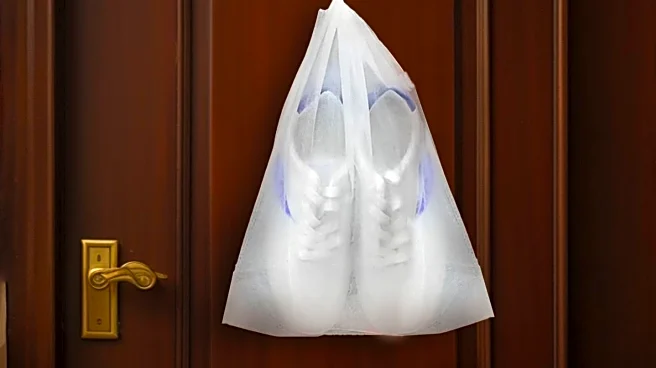What's Happening?
Health officials have identified a case of chikungunya virus in a patient residing in the suburbs of New York City. This marks the first locally acquired case in New York and the first in any U.S. state
since 2019. The patient began experiencing symptoms in August and did not travel outside the country, indicating local transmission. Chikungunya is a viral disease transmitted by mosquitoes, particularly the Aedes aegypti and Aedes albopictus species. It is more common in tropical and subtropical regions, but local transmission in the U.S. is rare. Symptoms include fever, severe joint pain, muscle pain, headache, nausea, fatigue, and rash. While there is no specific antiviral treatment, supportive care such as rest, fluids, and pain relievers can help manage symptoms.
Why It's Important?
The detection of chikungunya in New York highlights the potential for mosquito-borne diseases to spread in the U.S., even in temperate regions. Although the risk of widespread transmission is currently assessed as low due to cooler temperatures limiting mosquito activity, the case underscores the need for vigilance in mosquito control efforts. Vulnerable groups, including infants, older adults, and individuals with chronic conditions, are at higher risk for severe disease and complications. The event may prompt increased public health measures and awareness campaigns to prevent further transmission and protect at-risk populations.
What's Next?
Health officials are likely to enhance mosquito control measures and surveillance to prevent further local transmission of chikungunya. Public health departments may increase testing and diagnostic efforts to identify and manage potential cases. Community engagement and education on mosquito prevention strategies, such as eliminating standing water and using insect repellent, will be crucial in mitigating the risk. Continued monitoring of mosquito populations and disease incidence will be essential to assess the effectiveness of control measures and adapt strategies as needed.
Beyond the Headlines
The emergence of chikungunya in New York may lead to discussions on the broader implications of climate change and urbanization on mosquito-borne diseases. Warmer temperatures and changing weather patterns could expand the habitat range of mosquitoes, increasing the risk of transmission in previously unaffected areas. This development may also prompt research into vaccine development and more effective mosquito control technologies to address the growing threat of mosquito-borne illnesses.












